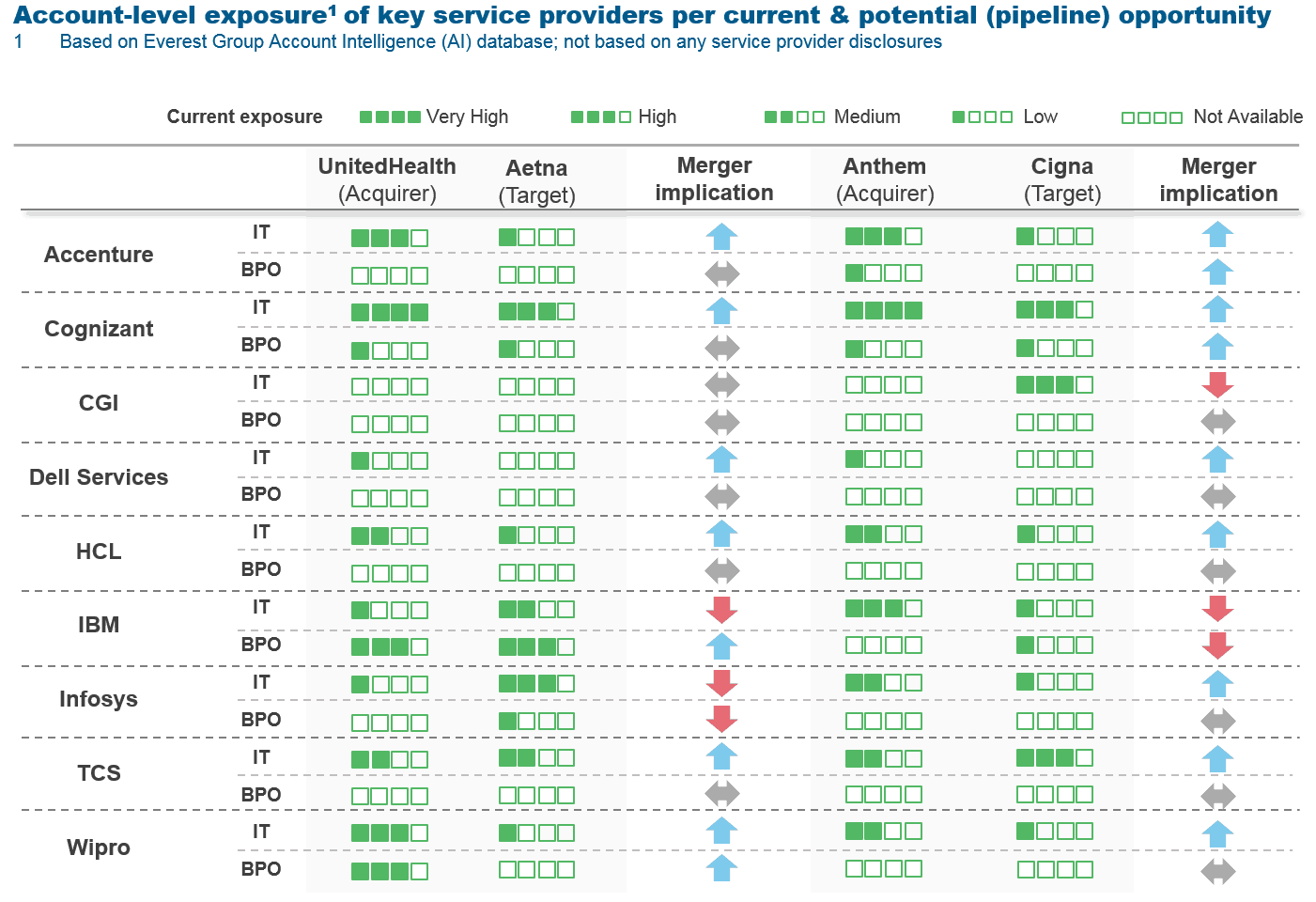
For this reason, this blog post will attempt to consolidate three basic definitions into one with an aim to encompass the majority of potential aspects of IoT. It's important to note that there are much deeper descriptions behind these but we're looking for the core sentence that summarize what the market actually is.
---
Horses for Sources (HfS)
HfS defines IoT as: 'The association of data to a physical device and the delivery of this data from that device to a centralized repository for further processing.'
This description focuses on the data and how it is managed and processed with the physical devices simply being the enabler of the market. With this in mind, vendors who have strong capabilities in data management are likely to score highly in HfS's estimations.
---
Gartner
Gartner defines IoT as: 'The network of physical objects that contain embedded technology to communicate and sense or interact with their internal states or the external environment.'
Gartner's definition focuses a lot more heavily on the devices and does not feature the word 'data' at all although it is definitely implied. Gartner also uses additional vocabulary in 'sense' and 'interact'. It's important to note that sensors, especially within the healthcare market are an integral part of IoT as they not only facilitate data transfer but in a lot of cases, they carry it out proactively.
---
IDC
IDC defines IoT as: 'a network of networks of uniquely identifiable endpoints (or "things") that communicate without human interaction using IP connectivity — whether locally or globally.'
Following on from the point I made above about sensors carrying out data transfer proactively, IDC's definition highlights that IoT does not require human interaction. This aspect will provoke one of two reactions: 1) 'Fantastic, without human interaction means streamlined processes and the ability to focus our efforts on end users', or 2) 'Hmm, I'm not sure I trust endpoints communicating without human interaction.' Whilst IoT has a multitude of benefits, concerns over security must be addressed.
---
Each of these definitions have their own merits and by no means are any of them wrong. At this point, I would like to propose an amalgamation of these definitions and include a nod to security, which I personally believe is critical to include for successful client interactions on an enterprise level.
My definition would be: 'The secure communication of data which occurs between a network of endpoints and centralized repositories via IP connectivity for further processing.'
This blog post may seem trivial in nature but it is this lack of standard definition that is leading to a lack of standards. This lack of standards then naturally leads onto security concerns, which is the number one barrier to IoT adoption across all vertical industries.
What do you think? Do you agree with these definitions? Do you see a light at the end of the tunnel as it pertains to global standards for IoT? Please feel free to comment below and share on social media.
Best Regards,
Jonathan Cordwell
Research Analyst, Healthcare Strategy
ResearchNetwork, CSC
- Aria Systems, Healthcare: A $117B opportunity for the Internet of Things, Healthcare: A $117B opportunity for the Internet of Things - See more at: https://www.ariasystems.com/blog/healthcare-a-117b-opportunity-for-the-internet-of-things/#sthash.YR2SaIEg.dpuf
- Horses for Sources, Harman, Tech Mahindra, IBM, Accenture and Atos leading the Internet of Things phenomenon, 3rd Oct, 2015, http://www.horsesforsources.com/hfs-iot-blueprint_100315
- Gartner, Internet of Things, http://www.gartner.com/it-glossary/internet-of-things/
- IDC, IDC Market in a Minute: Internet of Things, http://www.idc.com/downloads/idc_market_in_a_minute_iot_infographic.pdf




















